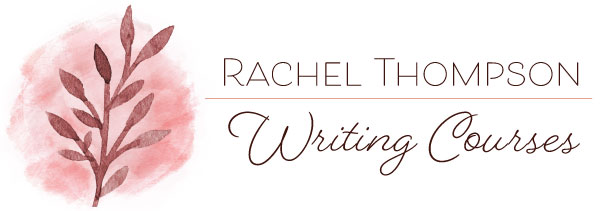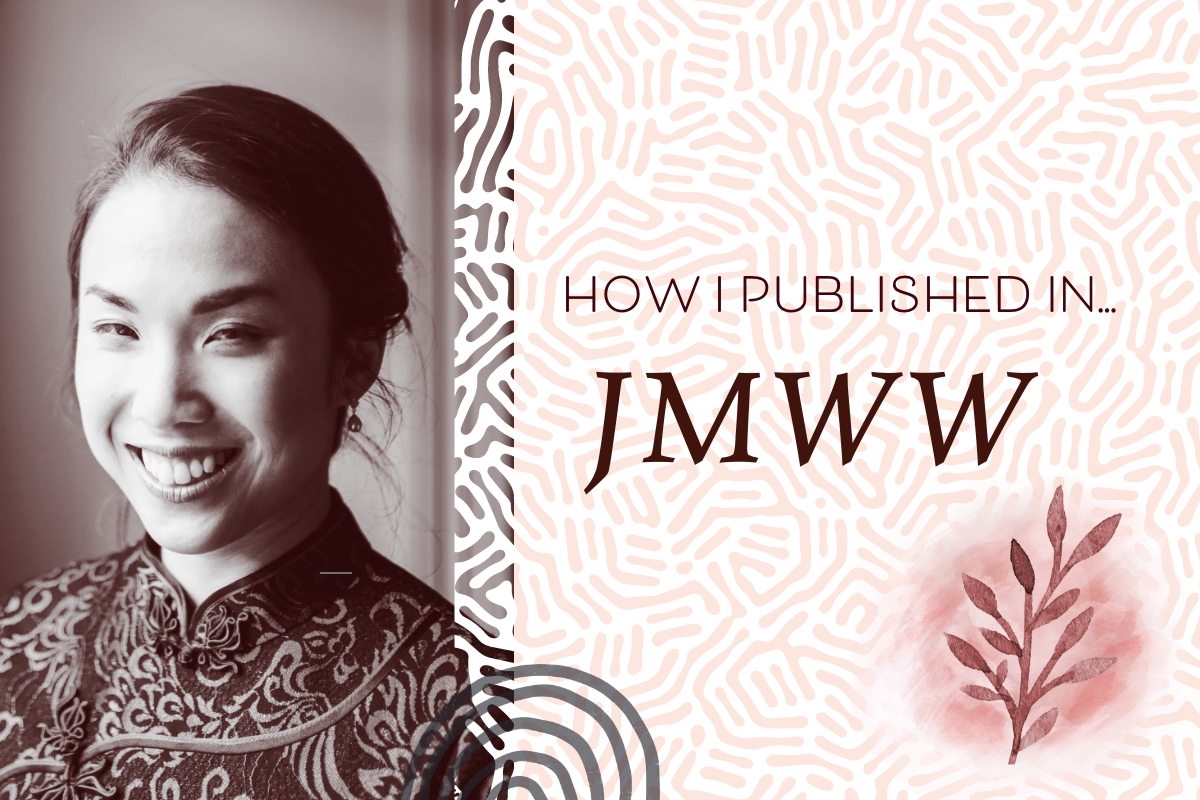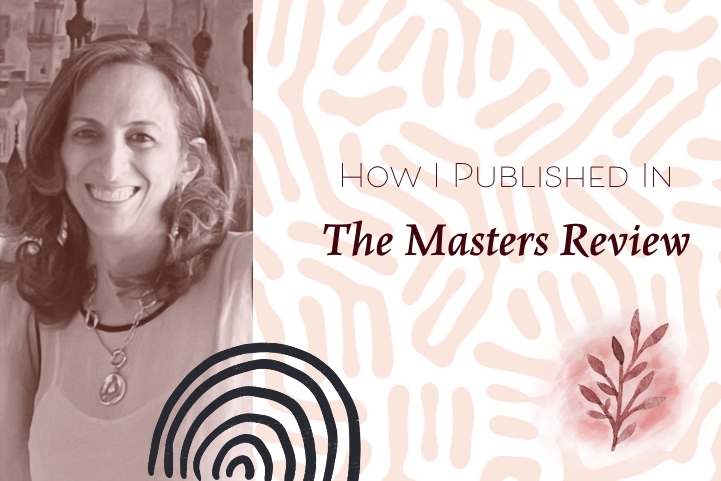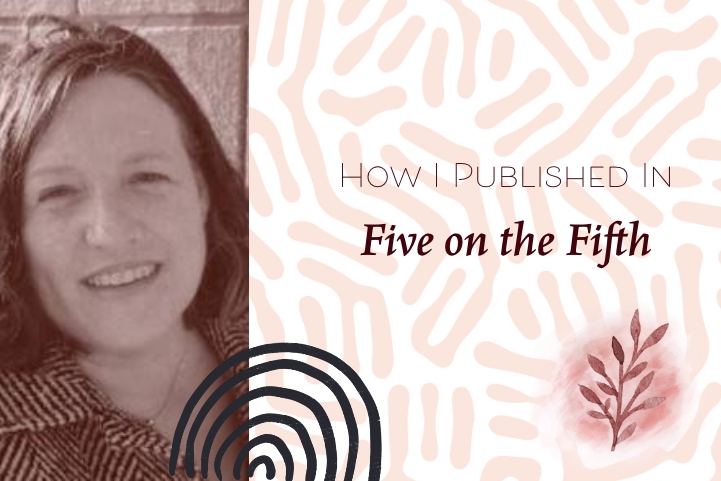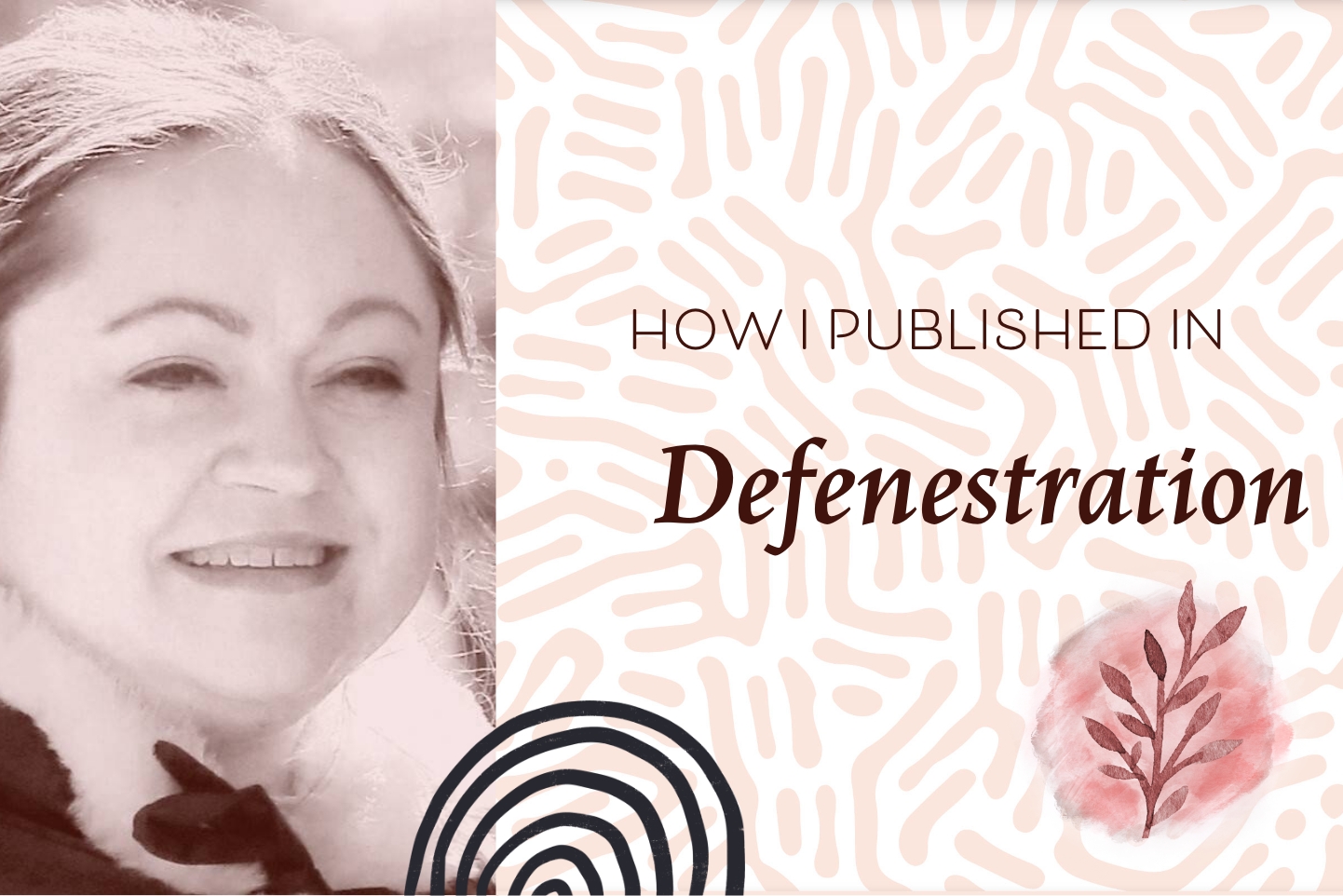By Lacey Yong
JMWW is a literary journal publishing fiction, flash, poetry, essays, interviews, and other miscellany weekly.
I submitted to JMWW twice and was accepted on the second try. I first discovered the journal through an alumna of Lit Mag Love, who spoke highly of her experience on the community’s Slack channel.
After reading the journal and discovering they loved short, experimental CNF, I submitted a prose poem in summer 2020 and received a personalized rejection from the editor, Hannah Greico. She said the team was sad to let the piece go, but that they were looking for essays with an arc, and invited me to submit again.
Seven months later, I realized my essay, “A Classical Education,” had the arc that JMWW was looking for, so I sent it, along with a cover letter indicating that my previous work had been warmly received. Two hours later, I received an acceptance! Since then, JMWW has nominated the piece for Best of the Net.
I think my experience with JMWW proves several truths that Rachel Thompson talks about in her course, Lit Mag Love:
- editors are generous folk who want to see you succeed;
- personalized rejections can feel just as good as an acceptance, and are oftentimes more valuable, because they give you insight into the editorial team’s preferences;
- and always believe the editor when she says she wants to see more of your work!
My advice for writers hoping to get published is to cultivate community. If you are in a position to join a class where you can actively interact with other people, do it!
I owe much of my success to Rachel Thompson‘s Lit Mag Love and Writerly Love communities. They proved to be invaluable sources of support and research.
I recommend learning how to give feedback in a kind and constructive way. This doesn’t seem related to publication success, but it absolutely is.
Community is everything, and the people you help will also be the ones that help you land that acceptance. They may become friends and critique partners, or they may even work for the journal itself.
I also recommend writers read the journal and consider whether your piece might suit its sensibility. This advice is repeated ad nauseam, but there’s a reason for that.
In a recent newsletter for The Deadlands, the editor spoke about how many pieces they received that weren’t about death, even though the name of the journal is…The Deadlands.
When I was starting out, I made that mistake too. I sent pieces to journals that I wanted to be published in, instead of journals that would actually be a good fit for the piece.
Now, I am very strategic. I identify the best matches for my piece and only submit to one or two places at a time, which has reduced the number of rejections I receive.
Don’t despair at the time the research will take. By doing it, you’re building an internal database that will help you narrow the field for future submissions.
Finally, press the submit button. If necessary, find a writing friend who will shout at you (lovingly) to press the submit button. There are definitely times when a piece isn’t ready, but sometimes, you can’t know that until you try.
More often than not, writers will receive rejections for their submissions. But I find, rejection strengthens my bond with community, and community is what fuels my writing.
I find the best way to handle rejection is to talk to trusted writer friends and laugh about the pang of rejection together. It helps so much in removing the sting!
I also recommend heading off rejection preemptively. When I submit a piece to my top-tier journal, I create a list of alternate markets. I keep this list in the Excel spreadsheet I use to track all my submissions, with a note indicating the market I will submit to next and the date on which I will send the submission. (i.e. “Submit short story to Grain if The Fiddlehead rejects by 15 October.”)
Thinking about alternate markets ahead of time helps me keep the momentum of submissions going, even after receiving a “no.”
I also take care of myself as I write, by taking one day off on the weekend to not write at all. (If I’ve reached my goal of producing a chapter for my writing group, I might even take three to four days off afterward!)
I let myself watch TV, play video games, and read without feeling guilty. I used to beat myself up for not writing every day, but I’ve come to accept it’s not how I work.
Self-care is writing, and whatever recharges you is the right way to write.
I spent 15 years denying my urge to write, so now that I’ve accepted my identity as a writer, I have no interest in giving it up just yet!
But a large part of my ability to keep going is external accountability.
I’m lucky to have a spouse who will remind me that I was going to do that rewrite of Chapter 23, and where exactly is it? I have an accountability partner and Rachel Thompson’s Rise & Write sessions, through the Writerly Love Community, where I write in silence with others.
I also have a writing group that I meet with every two weeks to provide feedback on pieces. Of course, seeing my name in my print keeps me going, but in between those rare bursts of achievement, I have all these people who cheer me on, and I am so grateful for their support. (Again, community is everything!)
Here are some other places where I’ve published work or am submitting my writing:
- Minola Review—I discovered Minola through Rachel Thompson’s Write, Publish, and Shine podcast and I instantly felt excited by the journal’s feminist and experimental ethos. I published my essay “Ghost Festival” with them.
- Perhappened—I submitted four times before I was accepted on the fourth try! The theme for August 2021 was Hide & Seek, and in reviewing my flash fiction, ”Salvage,” I realized I could deepen the images and expand the piece to fit the theme. The piece went from 100 words to 375 words, and was accepted a few weeks after submission.
- Uncanny—Uncanny rarely opens for submissions, so when they did, I had to jump at the chance. I’m a huge fan of the journal– some of the biggest names in SFF (sci-fi/fantasy) have published there, but most importantly, their work leans towards more upbeat, positive short stories—so it seemed like it could be a fit for a fairytale retelling I had kicking around. The competition is stiff though: when I submitted, I was 881 in the queue!
- Brevity—Brevity is the home for short experimental CNF, so it seemed like it could be a good fit for a segmented essay I had.
Lacey Yong is an emerging Chinese-Canadian writer. She writes speculative fiction and creative nonfiction and her work has been nominated for Best of the Net. She is working on a YA steampunk novel and her latest words have appeared in Perhappened and are forthcoming in The Deadlands. Twitter: @lacey_yong. Instagram: @lacey.yong
